Can America’s south-east unseat Detroit as ‘Motown’ of the EV age?
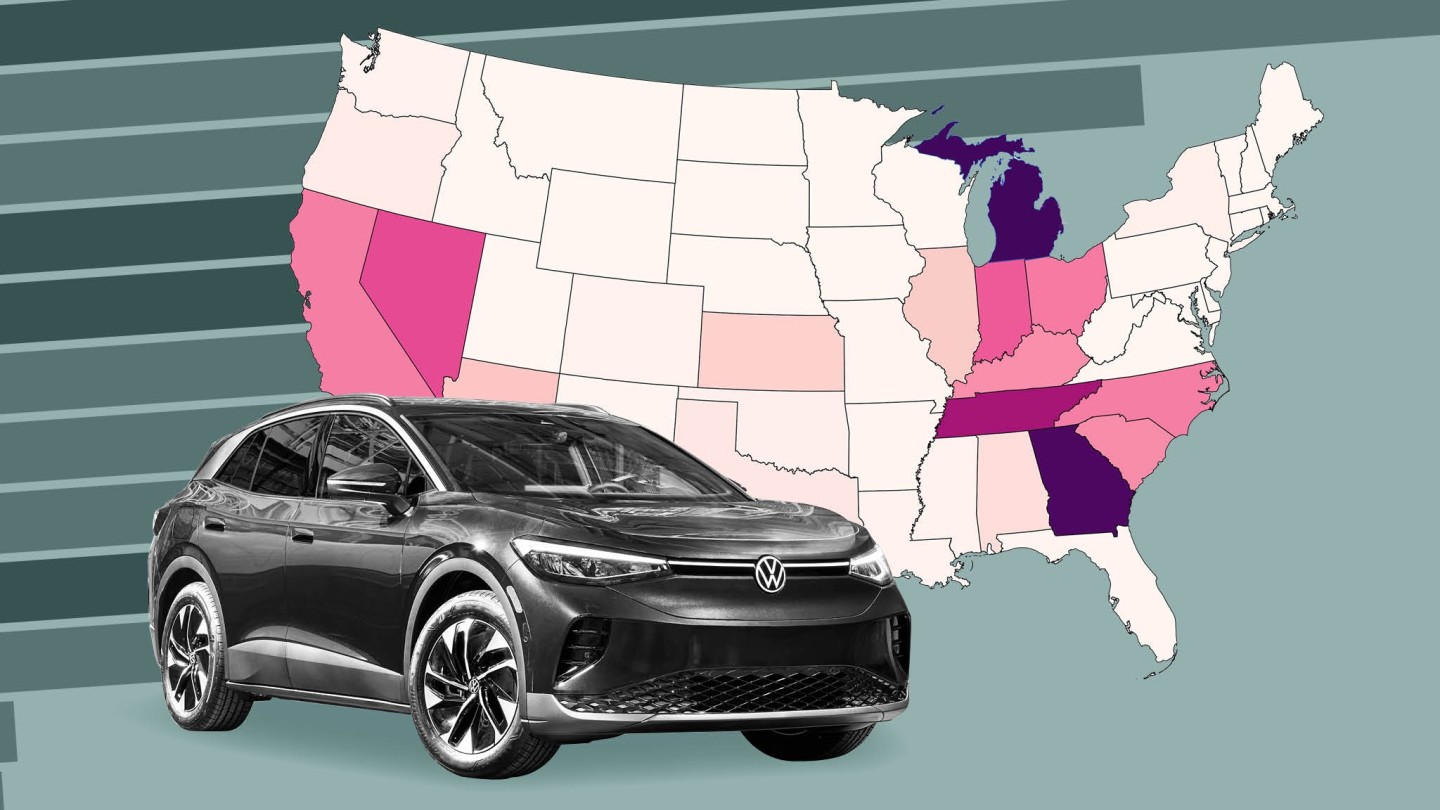
Roula Khalaf, Editor of the FT, selects her favourite stories in this weekly newsletter.
The battle for America’s automotive future is now under way in places like a cotton farm in the small South Carolina town of Florence, where, every day, yellow and red excavators are digging up enough dirt and stone to bury an entire football field under 5ft of earth.
Last December, Envision AESC, a Japanese manufacturer, announced it would invest $810mn to assemble lithium-ion battery cells in Florence, a railroad hub that was once dominated by the state’s agriculture industry. The batteries will be used in BMW’s electric vehicle plant, 160 miles up the road in Spartanburg.
“We’re taking fields and turning them into manufacturing,” says Gregg Robinson, head of Florence County’s Economic Development Partnership. A shiny silver shovel from the plant’s groundbreaking ceremony stands like a trophy in his office. “This is a generational change.”
Projects like the one in Florence now dot the US’s south-east, which has increasingly become the region of choice for foreign auto and battery manufacturers looking to establish a foothold in the fast-growing American electric vehicle market.
This bleeding of the American auto industry out of its traditional home in Detroit has been under way for decades, with European and Japanese manufacturers helping lead the shift. In addition to BMW’s choice of Spartanburg, Mercedes opened its biggest North American plant in Tuscaloosa, Alabama, and Toyota chose Georgetown, Kentucky.
But the shift has gone into overdrive in recent years as the world’s largest automakers — and a handful of smaller rivals — have gone on a battery and EV building boom across the Deep South. The vast tax credits and green subsidies in the Biden administration’s signature Inflation Reduction Act have helped to fuel the trend.
Since 2010, more than $70bn has been invested in EV and battery manufacturing in the region, compared with $51bn in the Midwest. Michigan still leads with nearly $24bn, according to the EV Jobs Hub, but Georgia and Tennessee are close behind.
“There’s a lot at stake here for the communities and the states besides just bragging rights,” says Christopher Chung, head of economic development for North Carolina, where Toyota is building its largest battery factory outside of Japan. “Every state here in the south-east is trying to lay claim to being the clean energy or the EV capital of the world.”
Defenders of the incumbent Motor City, and its surrounding region, say the numbers are misleading, however. New plants in the south-east grab headlines and need more investment because they are largely greenfield developments, experts point out. In Michigan, and much of the industrial Midwest, automakers can upgrade existing infrastructure with less capital outlay.
“They’re starting from scratch [in the South],” says Nick Nigro, founder of the consultancy Atlas Public Policy. “They have to build a factory, as opposed to retool a factory.”
Ford is a case in point. It will start building its high-profile F-150 Lightning, the electrified version of its best-selling pick-up truck, at the century-old Rouge complex in Michigan.
But Ford is not alone among the traditional Big Three. Stellantis, the parent of Chrysler, picked Indiana for a new battery plant in a joint venture with Samsung SDI. And General Motors plans to make electric pick-ups at a Michigan plant after retooling. It also picked the Midwest for three of its four planned battery plants.
And, even with the growing prowess of the south-east, the Midwest remains home to about 44 per cent of the 1mn autoworkers in the US. The south-east can claim just 28 per cent.
Analysts and officials believe that is likely to change, though — particularly following the bruising United Auto Workers strike that has stretched on for weeks. Republican-leaning states in the south-east have laws that make it harder for workers to unionise. Michigan changed its labour laws a decade ago under Republican leadership to make the state less union-friendly, but its Democratic governor undid the legislation earlier this year.
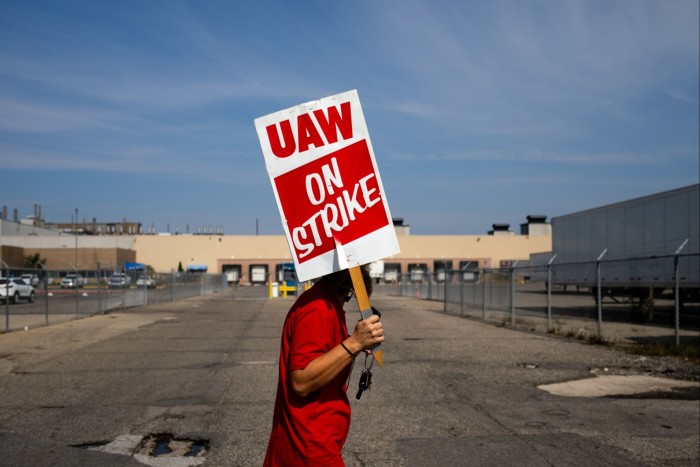
The UAW has already succeeded in pressuring GM to accept unionisation of its battery plants, without requiring plant-by-plant elections.
“The fact that you have these massive labour stoppages in the traditional union states definitely will benefit southern states as companies are looking to grow,” says Pat Wilson, economic development commissioner of Georgia.
According to the National Conference of State Legislatures, 26 states — mostly in the south — have enacted right-to-work laws, which specify that workers need not pay union dues even if one represents them. The laws are seen as a barometer of a state’s friendliness to employers, and 85 per cent of EV and battery investments to date have gone to right-to-work states, according to the EV Jobs Hub.
This poses a problem for the Biden administration, which has repeatedly claimed that the EV transition will create thousands of “good-paying union” jobs. The EV Jobs Hub estimates that just a fifth of operating US EV and battery facilities are unionised, although many are yet to be built.
Coming to America
Labour laws are not the only reason for automakers to move south. Since the passage of the IRA last year, foreign investors have accounted for two-thirds of investment in large-scale electric vehicle and battery projects, according to an FT analysis. South Korean companies have committed the most, announcing nearly $30bn.
The influx is partly an outcome of the IRA’s $7,500 EV tax credit, which stipulates that, to qualify for the subsidy, vehicles must be assembled in the US and much of the battery sourced in North America.
But executives say it is outreach by the states themselves that is frequently a deciding factor — including subsidies and sweeteners added by local and state governments.
When Volkswagen was weighing where to build its first US EV factory under its revived Scout Motors brand, it considered 74 sites across the country, including the Midwest, according to Jan Spies, chief production officer at Scout. However, South Carolina had a site ready, a workforce waiting, and offered incentives worth $1.3bn — the largest sweetener in the state’s history. It welcomed the German executives with a private dinner at a nearby football stadium.
About 80 specialists are expected to move from Germany to help run the facility on a 1,000-acre lot in a suburb of Columbia, South Carolina’s capital.
“You have to see the magnitude of this — it’s so big you cannot stop it,” says Spies, a new South Carolina resident, speaking in a farmhouse that has been repurposed as a temporary office.
FT Live event: Investing in America Summit

7 November 2023
Can foreign multinationals continue to find opportunity in the US?
In-Person & Digital | Miami, PAMM | #FTInvestinginAmerica
Southern states have been among the most aggressive in offering the kind of subsidies and incentives that attracted VW to Columbia, which are particularly valued by automakers at a time of tight labour markets and crumbling infrastructure in the locales competing for investment.
Georgia, for instance, offered Hyundai at least $1.8bn in incentives, including funding for road and site improvements, a dedicated training centre, and a state liaison to handle recruitment and project planning.
The Midwest has hardly given up on overseas investment, though. Michigan offered $1.7bn in incentives to Ford for its battery plant using China’s CATL technology. Meanwhile, at JobsOhio, a state agency, Jonathan Bridges, head of the automotive sector, has teams working in eight countries, including Japan and Korea, to recruit investors.
“The technology doesn’t reside here in the US, and so the intellectual partners are companies that aren’t domestic,” Bridges says. Last year, Honda announced $4.4bn to retool its Ohio factories for EV production and construct a battery facility with South Korean company LG Energy Solution.
Indiana, too, has been sending delegations overseas. Ann Lathrop, chief strategy officer for the Indiana Economic Development Corporation, says she and Governor Eric Holcomb recently visited Japan to meet executives at Subaru, Toyota and Honda, which all have facilities in the state. “A lot of that conversation was around their plans as they continue to accelerate both into the hybrid and electric vehicle markets,” she reports.
Southern states have their own hurdles to deal with, however — particularly the increasingly vocal threats from many Republicans in the region to repeal the IRA tax credits that have attracted developers to the US.
More than three-quarters of clean energy manufacturing projects announced since the IRA’s enactment are planned for Republican-controlled congressional districts, according to FT analysis. This is despite no Republican support for the bill in Congress.
“You’d be foolish not to take [repeal] as a possibility,” says David Verner, director of energy strategy at Gresham Smith, a site selector that has worked on numerous battery facilities including LG Energy Solution and General Motors’ Ultium Cells plants in Ohio and Tennessee. Verner says his company has made contingency plans in case the tax credits disappear.
Others hope that, as the economic benefits of the new facilities spread, the subsidies that are driving them will garner more bipartisan support.
Neil Sitron, general counsel for Volkswagen’s Scout Motors, which is located in a county that voted for Joe Biden but is represented by a Republican congressman and Republican governor, insists the company is finding a “perfect marriage there”.
Similar attitudes are reported in conservative districts in the Midwest. A project such as the GM and Samsung battery plant in New Carlisle, about 80 miles east of Chicago, will grow the tax base for the community, bring jobs and feed the region’s prosperity, notes Carl Baxmeyer, president of the board of commissioners for St Joseph County, Indiana, a Republican state that has welcomed electric vehicle production.
“Our society is moving away from internal combustion engines,” Baxmeyer says. “An EV plant right here, in St Joe’s county, checks a lot of the boxes that people want to see in terms of investment, the number of jobs, the impact on the environment. I can certainly understand why communities in the Midwest and the South and other parts of the country are eager to be a part of that growing economy.”
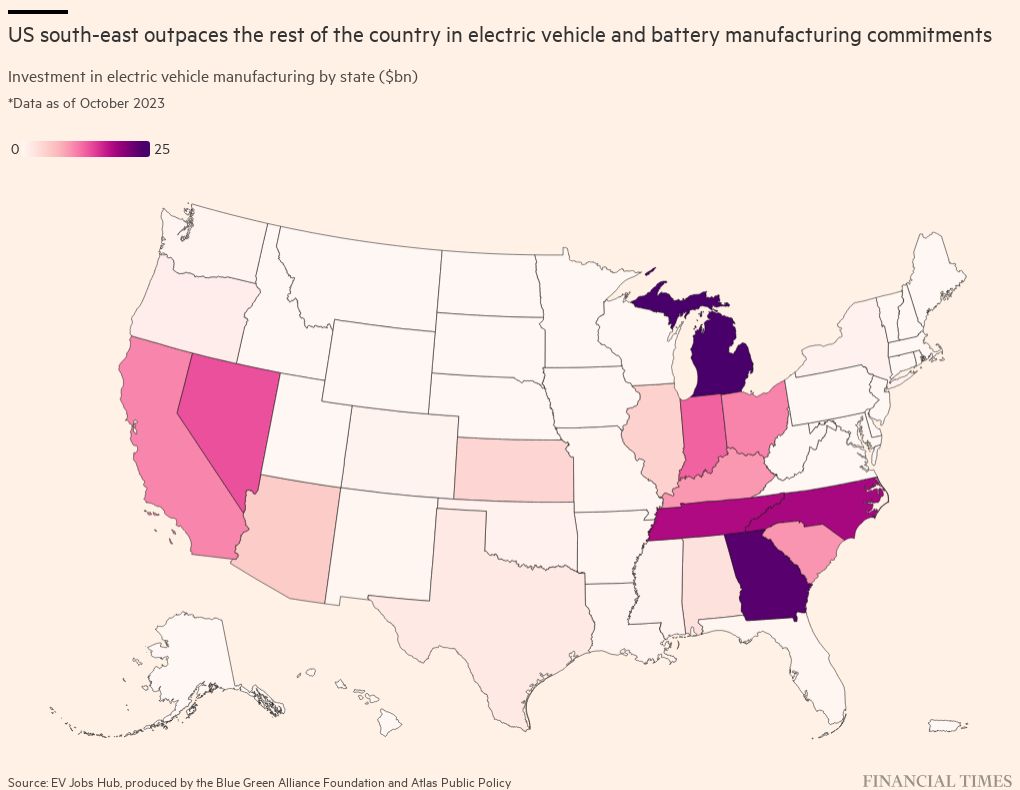
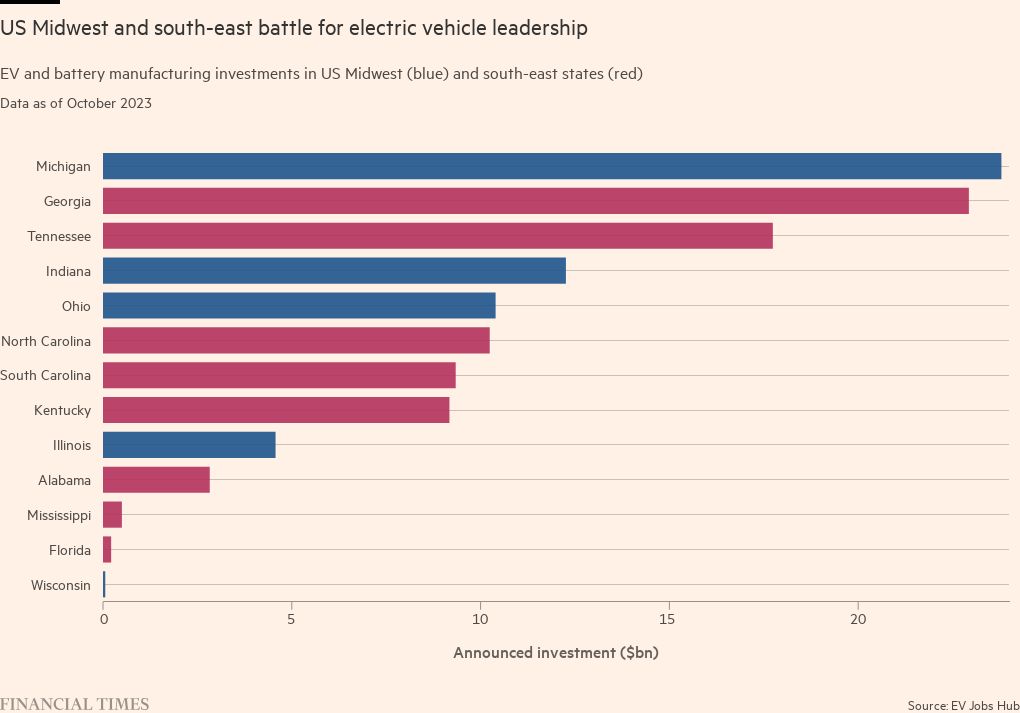
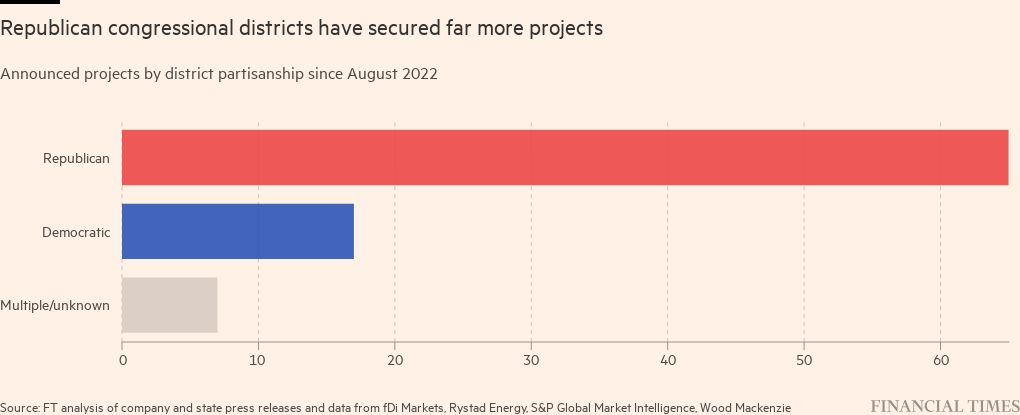

Comments